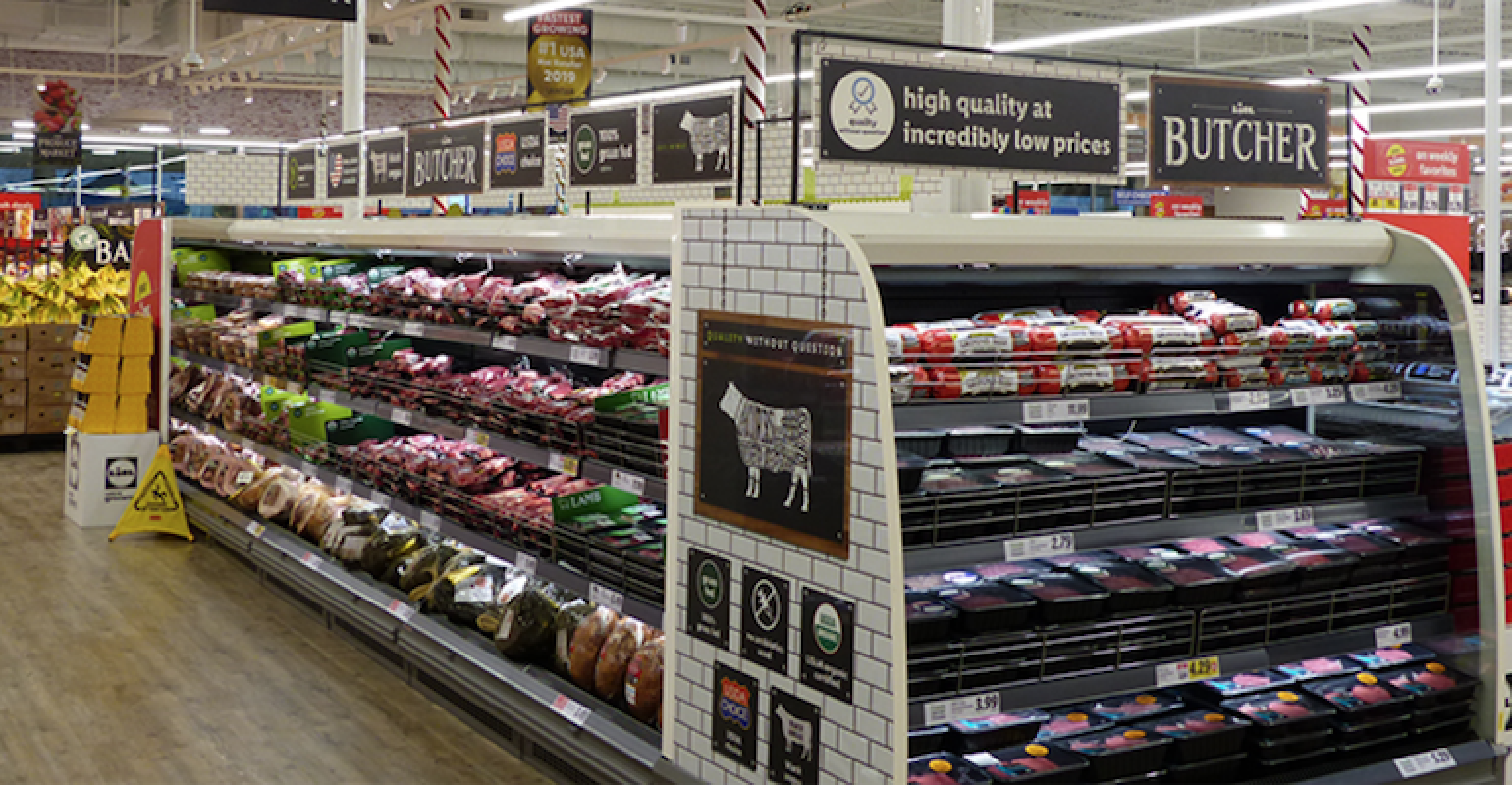In the escalating battle for consumer wallets, Amazon Fresh has announced a significant price reduction on thousands of grocery items. This move is part of a broader trend among major retailers like Target and Walmart, all vying to attract cost-conscious shoppers amidst a tense economic landscape. As inflationary pressures begin to ease, these retail giants are adjusting their strategies, rolling back prices to reignite consumer spending which is crucial for the U.S. economy.

Amazon Fresh Cuts Prices Across the Board
Amazon Fresh is not just cutting prices subtly; it’s slashing them. The service, known for its convenience and quick delivery, now offers daily discounts of up to 30% on a staggering 4,000 items both in-store and online. These discounts aren’t static either—they rotate weekly, keeping the deals fresh and enticing for consumers.
“By increasing our weekly deals across thousands of items and expanding the reach of Prime Savings at Amazon Fresh, we’re continuing to invest in competitive pricing and savings for all of our customers – both in-store and online,” stated Claire Peters, worldwide vice president with Amazon Fresh.
The discounts span a wide range of products including meat, seafood, frozen foods, dairy, snacks, and pastas. This strategic pricing not only includes national brands but also extends to Amazon’s own private label products, providing a wide array of options for shoppers.
Key Retailers Announce Price Cuts on Essential Goods: A Relief for Budget-Conscious Shoppers https://t.co/H0RQVc4kLz pic.twitter.com/vuzRkPvk3M
— Grocery Goodies (@GroceryGoodies1) May 24, 2024
The Ripple Effect: Target and Walmart Also Slash Prices
Amazon’s move comes amid similar strategies by other retail heavyweights. Target recently announced price cuts on over 1,500 items, with plans to reduce prices on 5,000 more items throughout the summer. These cuts are expected to save consumers millions on essential goods ranging from dairy products to household staples.
Walmart, not to be outdone, has rolled back prices on nearly 7,000 items. “We are seeing deflation on some key grocery items, which allows us to pass more savings on to our customers,” a Walmart spokesperson mentioned. This indicates a shift from the high inflation rates that previously dictated market strategies, suggesting a potential change in consumer spending behavior.

Economic Implications of Retail Price Wars
The significance of these price cuts extends beyond the aisles of these stores. As Sarah Wyeth, managing director of retail and consumer at S&P Global Ratings, explains, “There’s just less dollars for consumers to spend,” highlighting the ongoing challenge for retailers to draw consumers out of a frugal mindset developed over years of high inflation and stagnant wage growth.
Retailers are strategically lowering prices in a bid to lure consumers back into a pattern of more regular spending. This is crucial because consumer spending accounts for approximately two-thirds of the U.S. economy. The price cuts by Amazon, Target, and Walmart could therefore not only boost their individual sales but also have broader economic benefits.

Conclusion: A Shift in Consumer Dynamics
The price wars among Amazon, Target, and Walmart reflect a larger economic narrative of shifting consumer dynamics and retailers’ responses to these changes. As households become increasingly price-sensitive, retailers are adapting with aggressive price cuts. This could signify a turning point in consumer retail behavior, potentially heralding a period of increased consumer spending and economic recovery.
In the face of economic uncertainty, these retail giants are making clear their commitment to providing value, demonstrating that competitive pricing remains a pivotal strategy in their efforts to attract and retain customers. As this retail saga unfolds, it will be interesting to see how this aggressive pricing strategy impacts consumer behavior and the broader economic landscape in the coming months.










